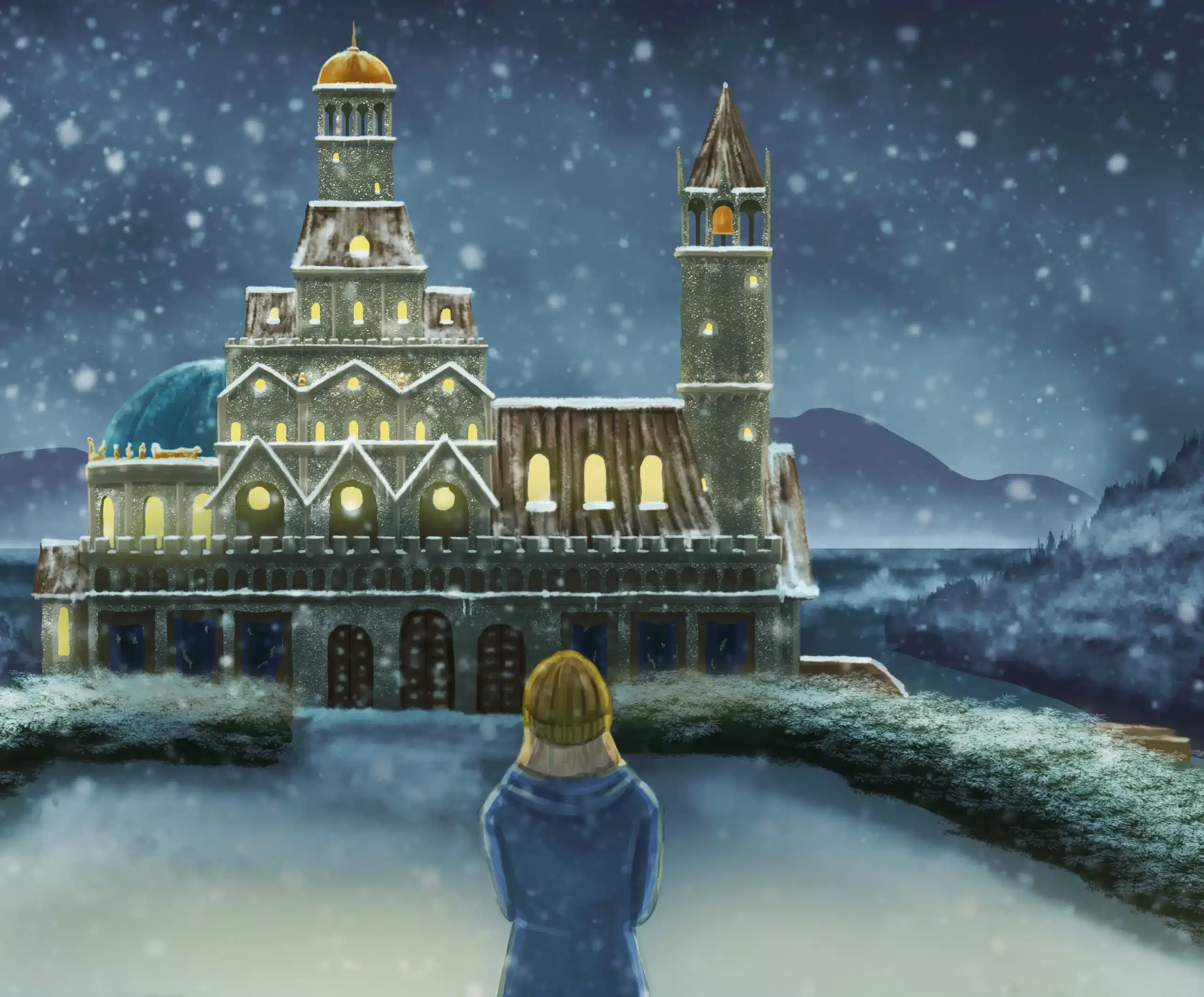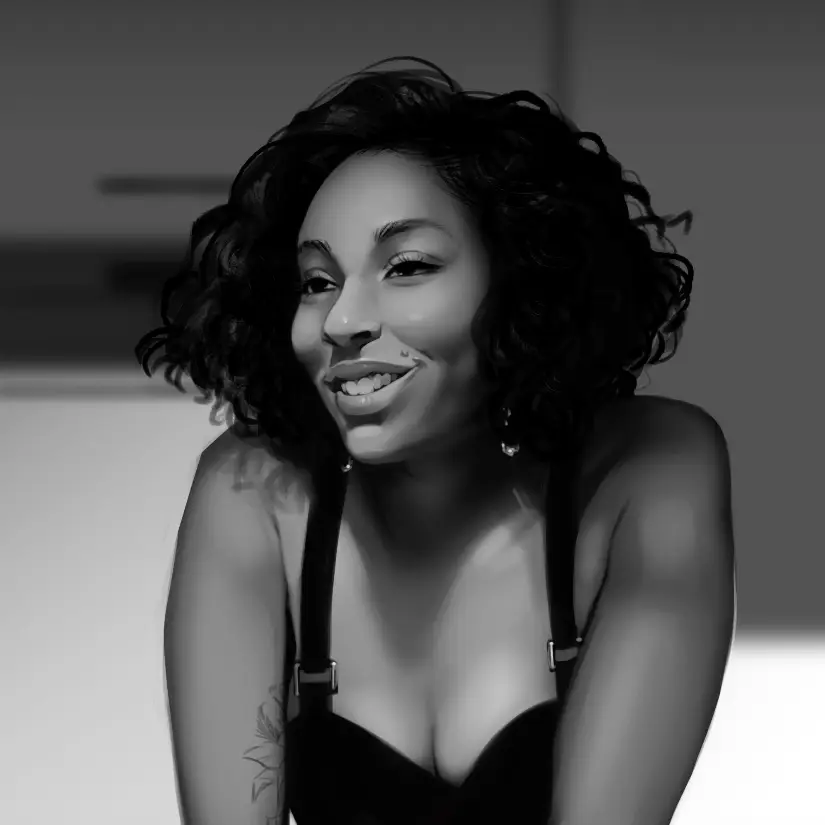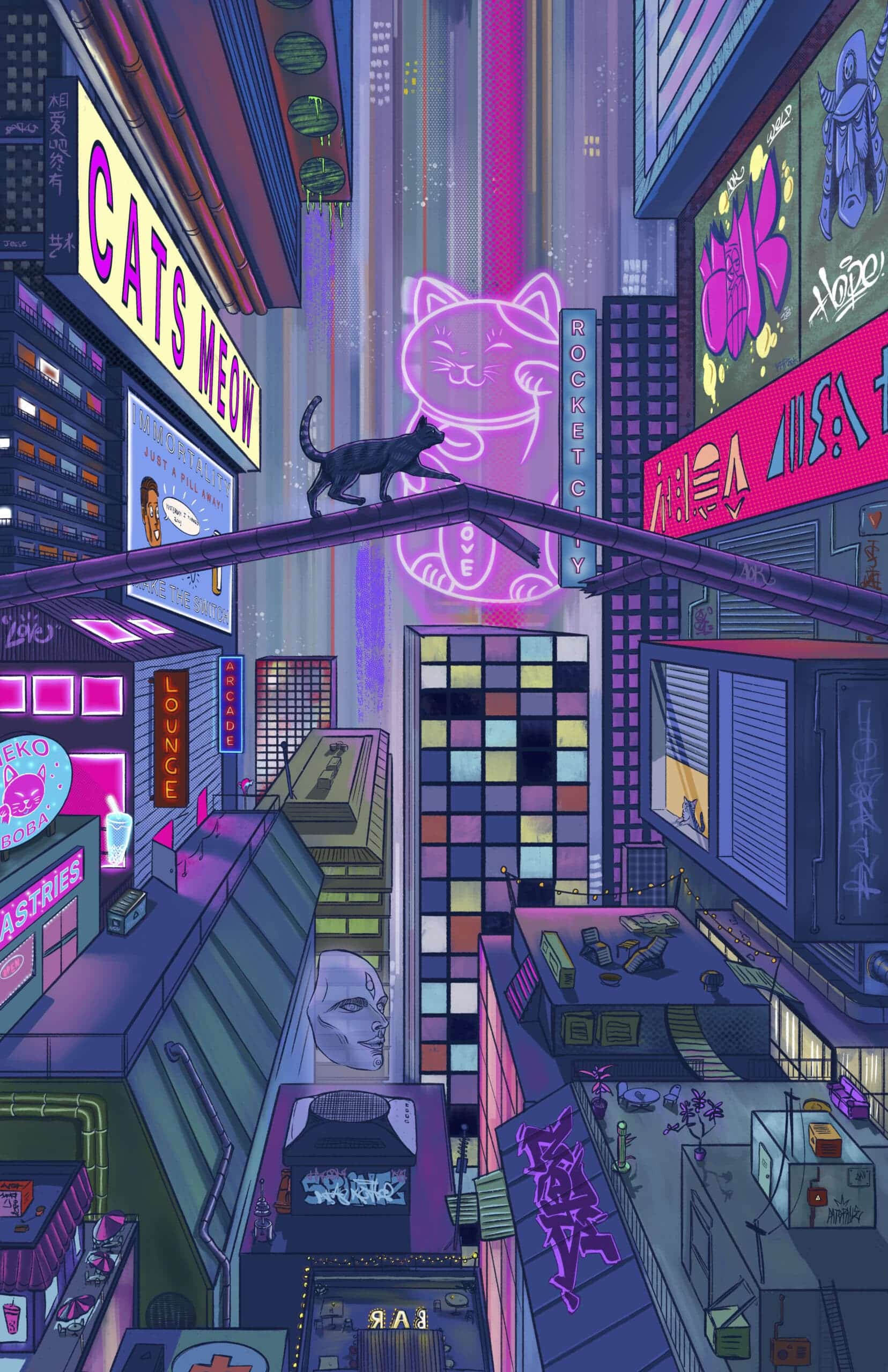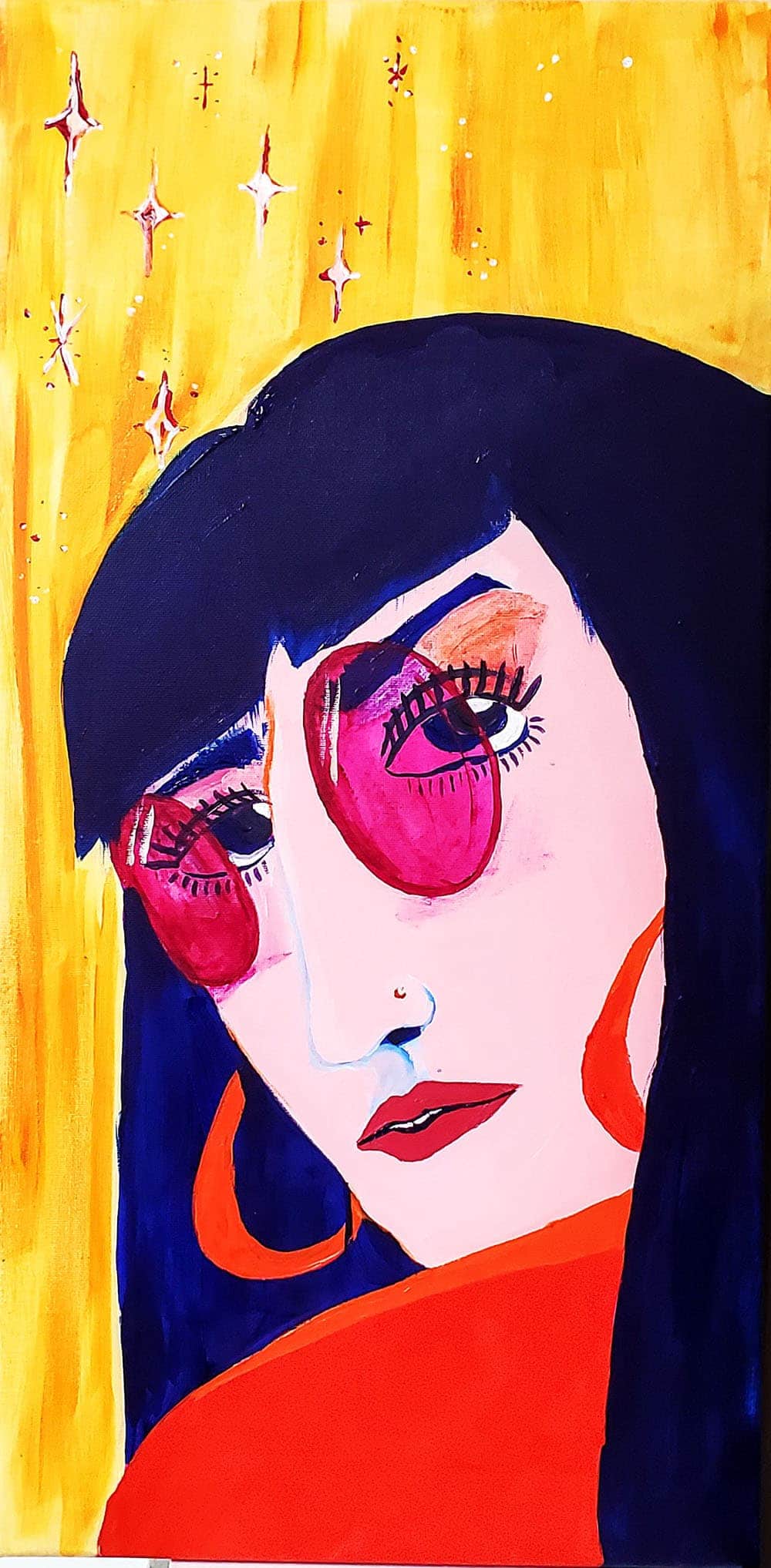Illustration Degree
Bachelor of Fine Arts
"*" indicates required fields
Illustration degree PROGRAM OVERVIEW
As an illustration degree student, you’ll learn key fundamentals of illustration like drawing, painting and visual storytelling. With a strong emphasis in observational drawing and personalized instruction from practicing industry professionals in this BFA in Illustration, you’ll acquire skills, such as figure drawing for illustrators and children’s book illustration, while developing the conceptual, technical, and business skills necessary to become a successful illustrator.
As a campus student, you will have the opportunity to:
- Work closely with faculty and receive feedback
- Apply for a Spivak Student Studio space
- Use large Cintiq drawing tablets for digital painting
- Draw in live model sessions
- Enjoy smaller class sizes
- Opportunity to participate in the Red Shoe Awards, where one’s artwork can be featured in a gallery space
- Endless classroom space to work outside of lectures
- Junior Portfolio Reviews with industry professionals
- Guest speakers who visit every term
- Access to all campus facilities, including a woodshop, ceramic studio, and Z Space, RMCAD’s FabLab
The Illustration BFA Degree also prepares students to produce work for a host of businesses whose needs depend on imaginative visual thinkers. These include advertising and design agencies, magazine and book publishers, comic book studios, animation and game studios, greeting card companies, medical illustration firms, and toy manufacturers. Students graduate with a well-prepared portfolio and confidence in the skills they’ve acquired – ready for a variety of career opportunities.

SKILLS YOU'LL LEARN

Innovative Storytelling

Traditional + New Media

Drawing Mastery

Composition Theory

Self Promotion

Portfolio Development
STEPS TO ADMISSION

1
Complete your artist meeting with an admissions representative.

2
Submit an admissions application.

3
Create and submit your portfolio to be considered for a scholarship.

4
Submit official high school and college transcripts (for transfer students).

5
Submit the current year’s FAFSA and other financial aid documentation.
ACCREDITATION


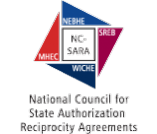
TUITION + FINANCIAL AID
At RMCAD, we understand that investing in a college education is a major decision and a major investment. That’s why we offer competitive, affordable tuition when compared to other art and design colleges. Students’ tuition rates are locked in at the time of their initial start date and will not increase as long as they remain enrolled in their program.

Illustration Degree COURSE DETAILS
At RMCAD, we have a balanced approach to our degree in illustration curriculum, with a focus on observational drawing, media use, and storytelling. Our illustrator degree students receive instruction in the technical, conceptual, and business aspects of illustration with the goal of striking the perfect balance of coursework—from anatomy for illustrators to environmental illustration techniques and more—to help students develop a strong and diverse skill set. Additionally, students will learn how to create a visually effective portfolio aligned to illustration portfolio requirements.
* RMCAD offers classes year-round in both on-campus and online delivery formats. At RMCAD, we believe that online learning is an important part of the overall college learning experience. To provide students multiple scheduling options, diverse learning modalities, and experience in the virtual environment, all on-campus students are required to take part in some online education.
Illustration Courses (33 Credits)*
IL 1510
Perspective
(3 Credits)
IL 2560
Still Life Painting
(3 Credits)
IL 2575
Illustration I
(3 Credits)
IL 3105
Figure Painting I
(3 Credits)
IL 3850
Digital Illustration I
(3 Credits)
IL 4450
Illustration Marketing
(3 Credits)
*This section does not include all courses for this program.
Liberal Arts Courses (45 Credits)*
AH 1110
Art Historical Methods + Theories
(3 Credits)
EN 1110
Composition I
(3 Credits)
HU 1120
Introduction to Philosophy
(3 Credits)
NS 2030
Biology
(3 Credits)
The Liberal Arts curriculum is an exciting part of every student’s academic and creative journey at RMCAD. These courses provide the opportunity for students to engage with complex questions and ideas to develop critical thinking skills, a global consciousness, and awareness of art historical foundations that are essential for their intellectual, creative, and personal growth.
*This section does not include all courses for this program.
Foundations Courses (24 Credits)*
FD 1020
2D Design: Elements + Principles
(3 Credits)
FD 1235
Observational Drawing
(3 Credits)
FD 1370
Life Drawing I
(3 Credits)
FD 2130
3D Design: Space + Materiality
(3 Credits)
Foundation Studies educates students in the development of creative studio practice by fostering individualized and collaborative learning that emphasizes cultural engagement, process, critical thinking, and visual literacy.
*This section does not include all courses for this program.
Children's Book Concentration (6 Credits)
IL 3650
Children’s Book Illustration I
(3 Credits)
IL 4650
Children’s Book Illustration II
(3 Credits)
Concept Art Emphasis (15 Credits)*
GA 3860
Digital Sculpting
(3 Credits)
IL 3655
Character Design
(3 Credits)
IL 3705
Elements of Concept Art I: Environments
(3 Credits)
IL 4605
Elements of Concept Art II: Characters
(3 Credits)
*This section does not include all courses for this program.
Sequential Art Concentration (6 Credits)
IL 2710
Sequential Art I
(3 Credits)
IL 2715
Sequential Art II
(3 Credits)
TECH + TOOLS
To make sure all campus students seeking RMCAD’s Bachelor’s Degree in Illustration receive a high quality education, we provide:
- Industry standard software
- Personal one-on-one instruction
- Tutoring, tech support, and mental health services included in semester fees


Red Shoe Awards
Every year, the RMCAD Illustration Department hosts this juried competition. The title Red Shoe Awards is a tribute to the department’s Red Shoe Guild. Student work is exhibited and judged by a panel of experts.
Illustration Stories

The Role of Concept in Video Games: The Story of an Activision Blizzard Intern
As an online illustration student, Alyssa Hoffee has already made quite a name for herself. While at RMCAD, she scored one of the most highly coveted internships in the gaming industry, that of a concept

DRIVING CREATIVITY: HOW RMCAD STUDENTS TRANSFORMED CAMPUS BUSES INTO MOVING MASTERPIECES
If you’ve visited campus lately, it’s likely that you’ve noticed the bright, newly wrapped buses driving around! Now known as the RMCAD Caravans, these wonderful new designs are thanks to the hard work of RMCAD’s

Exploring Black-and-White Illustration: The Power of Monochrome Art
The world around us is full of color, with each hue adding a sense of life and vibrancy to every experience. However, there is something powerful and transformative about monochrome art. Black-and-white illustrations can evoke
ILLustration CAREERS
RMCAD Illustration graduates are launching exciting careers. When you have a RMCAD Bachelor’s Degree in Illustration, you have the opportunity to pursue the following creative paths.
Editorial Illustrator
An editorial illustrator draws commentary pieces often used to supplement written content. This work can be used in books, magazines, and websites.
Children's Book Illustrator
Just as it sounds, a children’s book illustrator brings stories to life with their illustrations. While some are both author and illustrator, there is no requirement to do both. They often work independently, as a freelance illustrator for book publishers.
Concept Art for Games + Animation
A concept artist is a visual illustrator who is responsible for the overall visual style of the game or animation early in the development process. They may create sketches of the characters, settings, and UI pieces like menus and buttons. This work guides other artists to understand what the look and feel of the game or animation should be.
Comic Books and Graphic Novel Artist
While some comic book artists are both illustrator and author, they may also work with an author to bring their creative vision to life. This process often requires many versions before the final product is achieved.
Technical and Medical Illustrator
A technical illustrator produces detailed illustrations that are often used to supplement written content in textbooks, medical journals, technical websites, and instruction manuals. Medical illustration is a subset of technical illustration, specifically devoted to creating visual images for medical or scientific use in education, patient care, research, and more.
Freelance Illustrator
A freelance illustrator is an entrepreneur who takes on client projects on a contractual basis. They can work on a variety of project types and generate business via outreach and networking or through an agency or publishing company.
Gallery Artist
While many illustrators have more commercial careers, they also have the skill and creativity to be a gallery artist as their primary job or a secondary source of income. Gallery artists sell their work through art dealers at a gallery. Gallery exhibitions can boost an artist’s reputation by lending credibility to their work and increasing reach via marketing efforts.
FREQUENTLY ASKED QUESTIONS
What is the focus of the Illustration Degree Program at RMCAD?
The program focuses on mastering traditional and digital illustration techniques, storytelling, and professional practices in various fields such as editorial, children’s books, concept art, and sequential art.
What career opportunities are available for illustration graduates?
Graduates will acquire the knowledge and skills to start careers as editorial illustrators, children’s book illustrators, concept artists, comic book artists, and freelance illustrators.
What are the key components of the Illustration Program?
Key components include drawing and painting, figure drawing, children’s book illustration, sequential art, concept art, digital media, composition, and portfolio development.
What skills will students learn in the Illustration Program?
Students will learn drawing mastery, proficiency in both traditional and digital media, composition theory, innovative storytelling, and self-promotion techniques.
How does RMCAD support illustration students?
RMCAD provides small class sizes, instruction from industry professionals, access to industry standard technology, and opportunities to showcase work through exhibitions and portfolios.
What are the admission requirements for the Illustration Degree Program?
Applicants need a high school diploma or equivalent and completion of the college’s application process. To be considered for a scholarship, students will also need to create and submit a portfolio of artwork.
What kind of portfolio should students submit for the Illustration Program application?
A portfolio showcasing your unique artistic voice and your best finished work, including examples of traditional and digital illustrations, narrative artwork, and observational drawings or sketches.
Are there any special concentrations available within the Illustration Program?
Yes, the program offers concentrations in children’s books (all levels), concept art (for films and video games), and sequential art (comic books and graphic novels).
Can students visit the campus to learn more about the Illustration Program?
Yes, prospective students can schedule campus tours, attend info sessions, and explore program materials on RMCAD’s website.
What are the Liberal Arts requirements in the Illustration Program?
The curriculum includes courses that develop critical thinking, global consciousness, and information literacy.
What are the Foundations requirements in the Illustration Program?
Foundation courses enable students to refine essential skills, get comfortable with the tools they’ll use throughout their program, and study relevant basics— including drawing, composition and color theory. These courses facilitate ideation and collaboration.
What kind of student work is produced in the Illustration Program?
Students create diverse works including character designs, children’s book illustrations, concept art, and comic strips.
What is the importance of storytelling in the Illustration Program?
Storytelling is essential for creating compelling narratives and engaging visual content across different illustration fields.
Are there opportunities for students to showcase their work?
Yes, students can participate in exhibitions, portfolio reviews, and online showcases to display their artwork and gain exposure. Students can also participate in the program’s annual Red Shoe Awards Exhibition.
What makes RMCAD's Illustration Program unique?
The program’s combination of traditional and digital techniques, focus on storytelling, individualized support, and professional development sets it apart.

